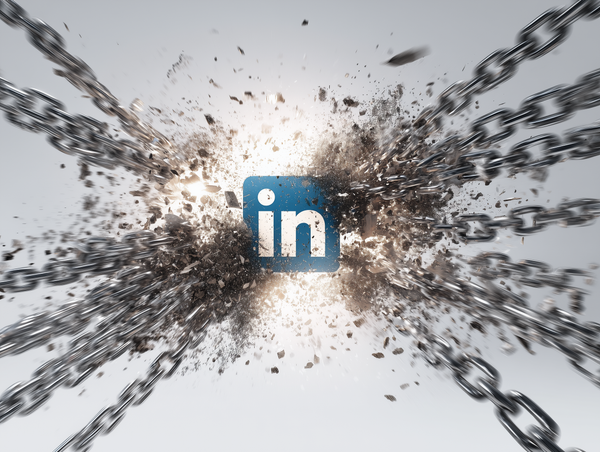Seeking refuge from the technofeudalist attention economy – in print
Print doesn't have to die for digital to win.

Alex Roddie in his year-end review (yes, I’m very behind in my newsletters):
If you're picking up a print magazine in the year 2024, you're making a statement – a political statement – about how you intend to spend your time and direct your attention. We live in a technofeudalist attention economy in which giant corporations try to dominate your entire being and convert it into shareholder value. If you're reading a magazine, you're taking time away from screens – and you're choosing to engage with depth and quality rather than skimming over the infinite shallow surface of the internet. You're choosing to cultivate your inner life rather than participate in the nihilistic collective oblivion of cyberspace.
While I might not agree with the more hyperbolic aspects of his language, I thoroughly agree with the general thrust of his argument. You can have depth and quality in digital. But there is also an inherent value in making conscious choices to step away from digital, especial as it has become so dominant in our lives.
I know I have a reputation as a digital type. It’s what I teach, it’s what I’m known for. I’ve been painting this site for over 22 years (!). But I’ve always hated the false binary that you are print or digital, but not both.
That was a seductive idea in the 2000s, when the biggest problem was getting people to take digitals seriously, where you could clearly see that its days were numbered as the dominant form of information exchange. But, just as the print fundamentalists of those days were making a mistake, so too are the digital fundamentalists of today.
Media forms rarely die
New forms of media rarely displace old forms – they just shift them. Cinema didn’t kill theatre, just as TV didn’t kill cinema. And streaming hasn’t killed any of them. Theatre is no longer a mass-market form of entertainment, as it was centuries ago. But it still exists, increasingly as a luxury form. Sure, books have largely replaced scrolls and cuneiform tablets, but that’s just evolution of the same media type, not replacement.
Print is heading in the direction of theatre, not of wax tablets.
Anecdote is, of course, not data. But please indulge me for a moment. My daughters are both pre-teen, and fully digital, as are the rest of their generation. Yet, give them the choice between a print book and an ebook, they’ll choose the former nearly every time. They have Kindles, but they prefer print.
Many of the magazines I subscribe too I could consume digitally. But I prefer reading them in print.
And that’s because print is now an escape from the dominance of digital in our lives.
The digital escape route
The tipping point was, for me, the pandemic. When my entire working and social life suddenly came through screens, print became a blessed escape. The sheer joy of turning off the computer or tablet, with all its noise distractions and notifications, and replacing it with a print magazine was so needed in these dark days.
As we all try to figure out the right balance of digital technology in our life, that often involves looking back at what we lost — and bringing it back into play.
If you’re building a journalism brand, these days you’re probably going to default to digital. But it’s always worth thinking about what role print might play in the wider brand – a luxury upgrade, as a badge of membership, even as a form of merch.
As we finally, finally embrace the digital dominant world (what you might call the post-digital era), it’s time to seriously re-evaluate print. And that’s not re-evaluate in the euphemistic sense of “get rid of”, but the literal sense – evaluating what role it plays in the wide concept of the brands we’re building.





